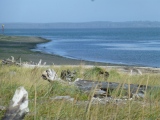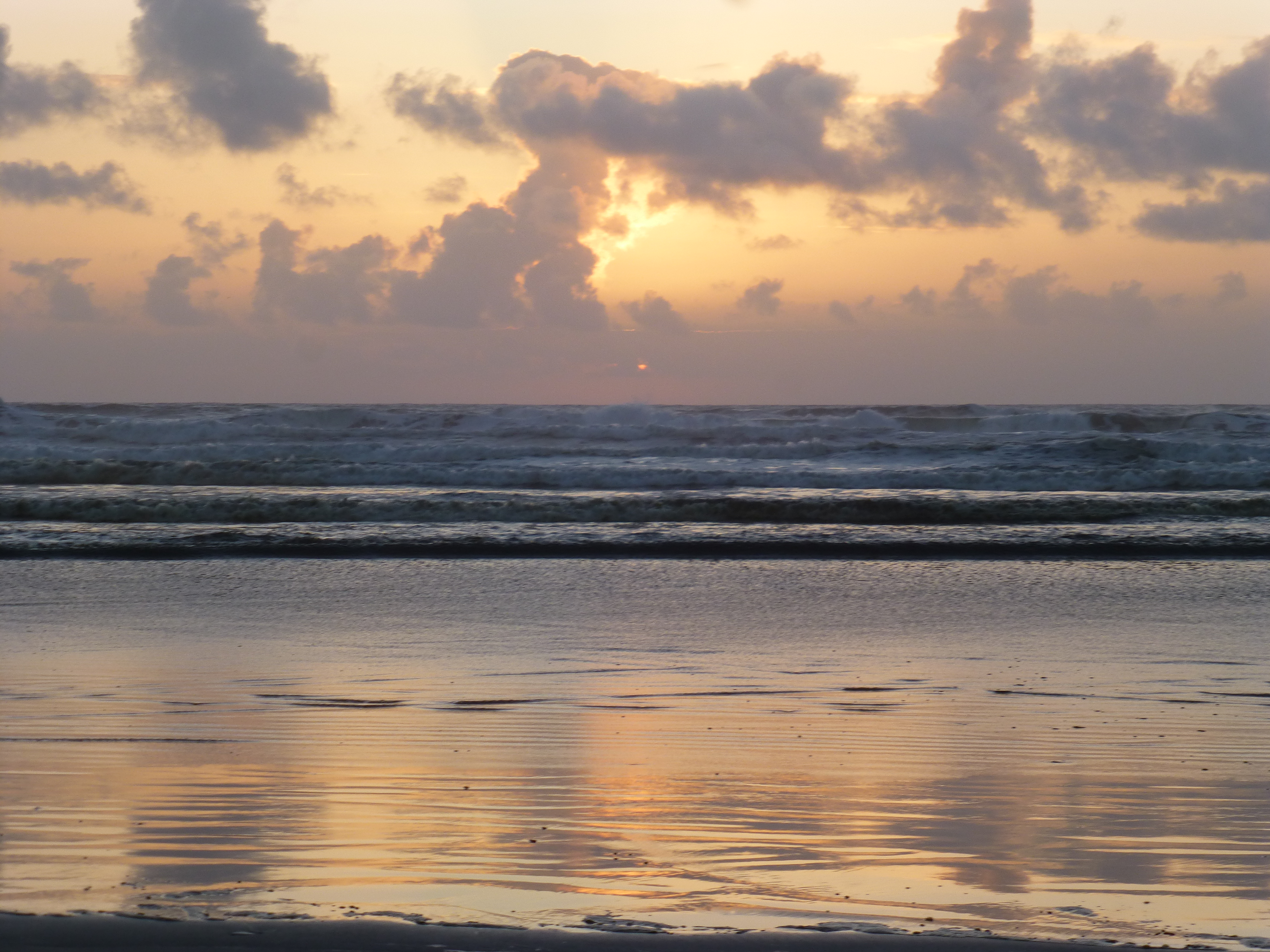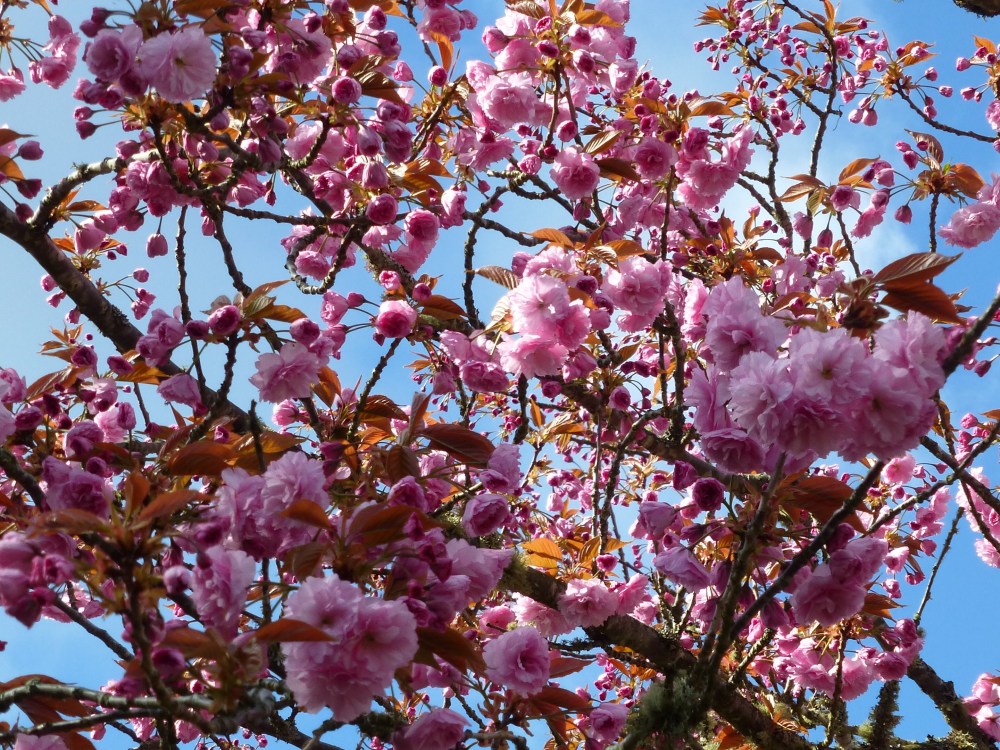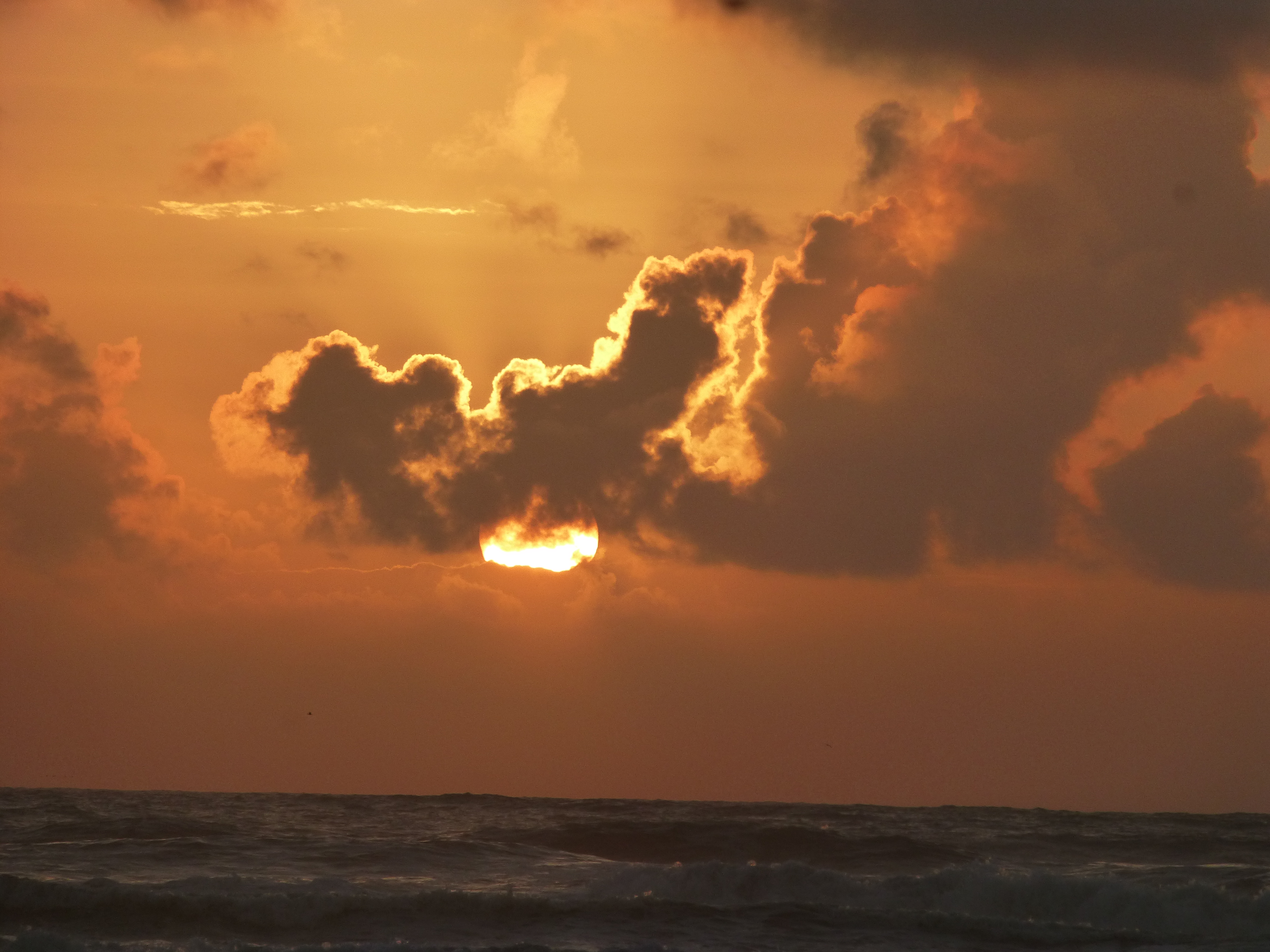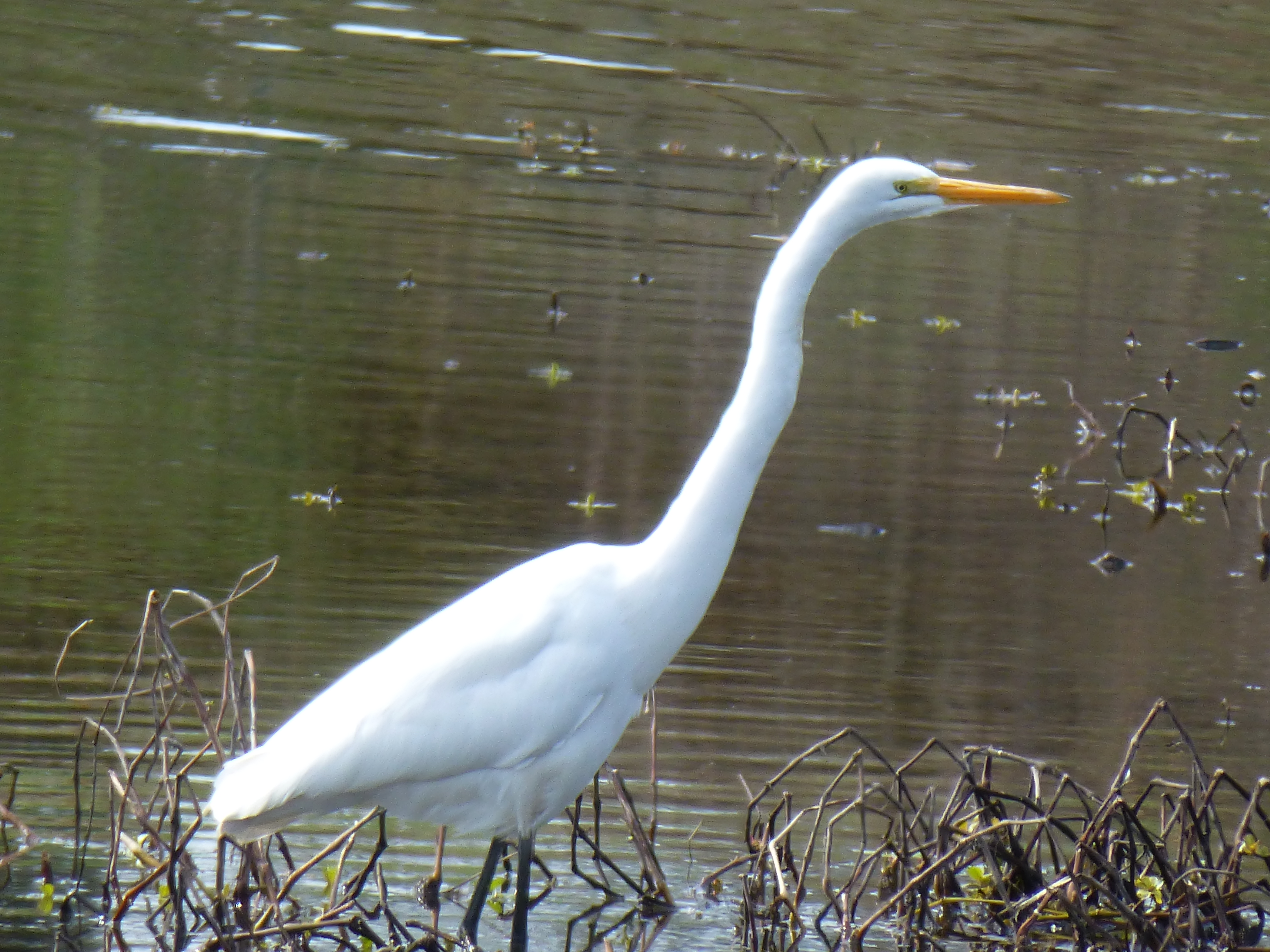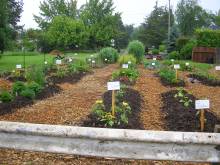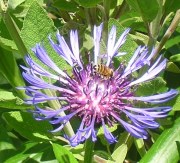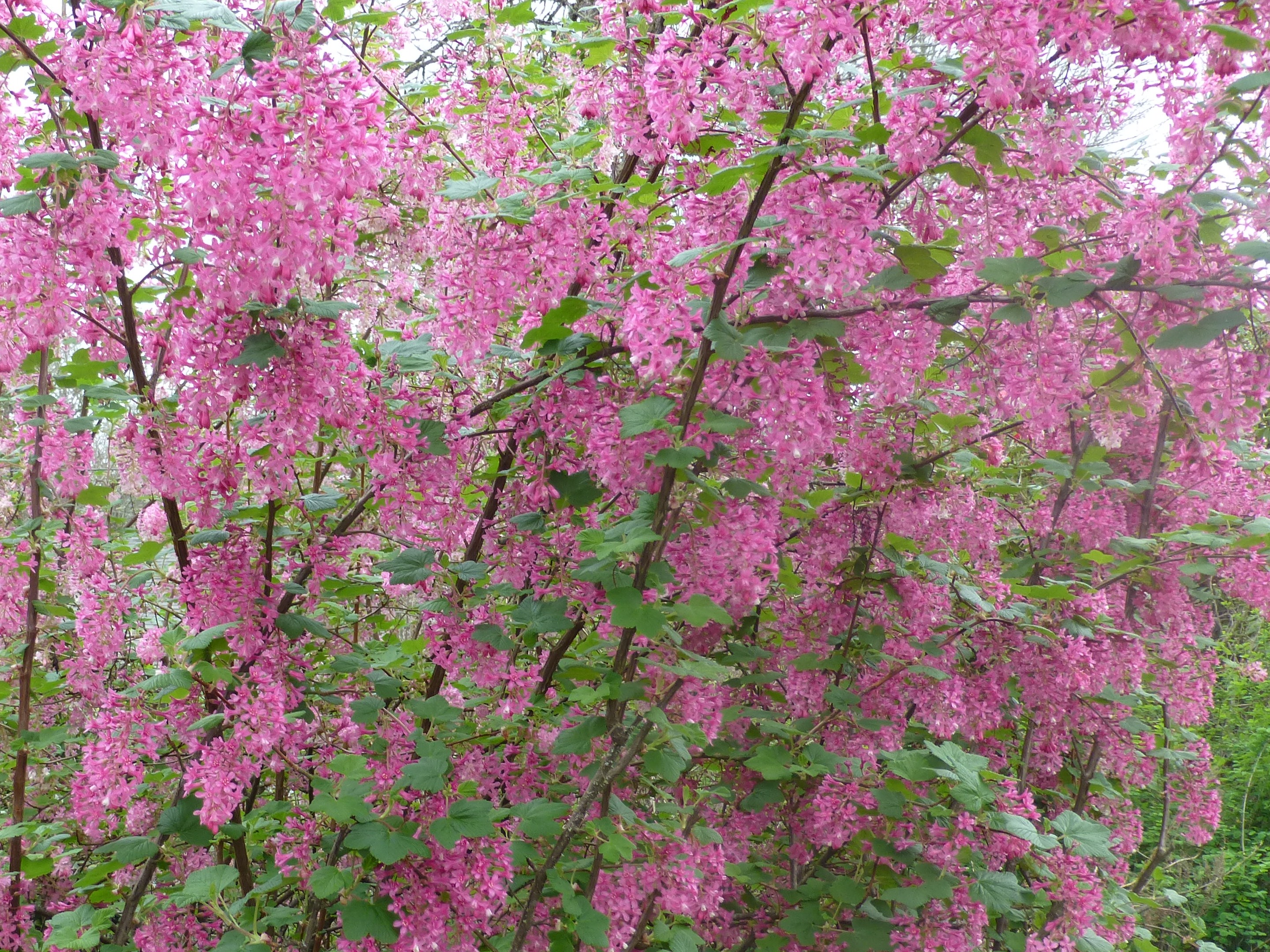
By Madronna Holden
“Never use the words higher and lower”.
— Charles Darwin, notebooks
“Perhaps there is no coincidence that amoeba, insects, animals, the human culture and society, generally follow innate rules of cooperation. Darwin’s explanation of evolution as a struggle for existence needs to be tempered with an acknowledgment of the importance of cooperation in the evolution of complexity.”
–Thomas P. Zwaka, cellular biologist
“To decide that people are the highest, most evolved species… reflects more the strongman logic of human beings than the true state of nature.”
–Masanobu Fukuoka, Sowing Seeds in the Desert
“Few tragedies can be more extensive than the stunting of life; few injustices deeper than the denial of an opportunity to strive or even to hope by a limit imposed from without [by science misused].”
Stephen Jay Gould, The Mismeasure of Man
“Those communities which included the greatest number of the most sympathetic members would flourish best and rear the greatest number of offspring.”
Charles Darwin The Descent of Man
Charles Darwin was a meticulous observer of the natural world in his seminal Origin of the Species. But he left a problematic legacy when he turned to the analysis of human society in his Descent of Man. On the one hand, we see his emphasis on the importance of cooperation in the development of human societies in the quote above. On the other hand, he violated his own scientific precepts, such as “never use the words higher or lower” in his analysis of particular societies as being “below” those of Europeans in development.
As Japanese “natural farmer” Masanobu Fukuoka, observed, an essential question in the hierarchical notion “survival of the fittest” is who decides what is “higher and lower”– and by what criteria. Humans who decide they are the highest and best products of evolution use criteria like human intelligence to come to this conclusion.
But as Darwin himself noted, the bee would undoubtedly use a very different critierion.
Darwin also noted that cooperation is far more important than competition in the working of natural systems, whereas social Darwinism— in the guise of Manifest Destiny, for instance, emphasizes competition and thus justifies conquest.
More troubling even than its sloppy science is how social Darwinism asserts that societies on the side of “progress” are destined to overcome and replace others as a matter of natural (or divine) law. It also asserts that impoverished classes are responsible for their own problems. In this theory, even the children of the poor become “less fit”– and thus their hunger or poor schooling can be ignored. This view contorts the idea of natural selection for sake of what Val Plumwood termed “dominator” societies.
Indeed, it misuses the scientific understanding of natural evolution to refurbish a notion rooted in ancient colonial history-in Aristotle’s declaration that slaves are slaves by nature, just as masters are masters. And “civilizations” or “advanced” societies have the natural license to take over the lands of others and impose their way of life on them. Darwin himself is complicit in this misunderstanding, since his own social conclusions (as opposed to his natural science investigations) included the unsupported statement that “males are more evolutionarily advanced than females”.
Such hierarchical dualism–dividing the world into male and female, poor and rich, civilization and “savage” as the higher and lower Darwin cautions himself to avoid, describes much of the history of modern nation states. But it is not the narrative that describes natural selection. Indeed, human societies that behave in this fashion are comparatively short lived.
The untold part of this story is the way in which the overrun and eliminate idea of “survival of the fittest” makes those who hold it unfit for survival.
Ignoring Natural Limits
The historical experience of exploiting other lands and societies sets up the general practice of living beyond one’s limits. The cataclysmic result is indicated in Overshoot, reviewed in Rachel’s Environmental Weekly for February 12, 2009-a fitting essay with which to commemorate Darwin’s 200th birthday. Overshoot details the ways in which humans have temporarily increased the carrying capacity of the land (its ability to support human populations) by using up past resources (such as oil that takes millions of years to produce and minerals that will never be replaced) and future resources (ones necessary to the lives of our children).
Colonialism and certain dynamics of modern globalization encourage such “overshooting”, when some nations exploit the resources of others in order to survive, rather than living on their own natural budgets.
Ultimately however, an overshooting society runs out of “ghost acreage” on which to rely-and must face the dilemma of supporting an overblown population on ravaged natural systems.
In short, it inevitably crashes.
Social violence and unrest
Societies with beliefs in heroic conquest and legitimized oppression are fraught with internal dissension. As a result, they are the most short-lived societies in human history. They are fortunate to eke out a few hundred years before their collapse, as opposed to tens of thousands of years of longevity of certain indigenous societies.
Decreasing natural and cultural diversity
The thrust of natural evolution is to increase diversity–as Herbert Spengler, modern author of the theory of “social Darwinism”, acknowledged– though he failed to address how Manifest Destiny itself ran counter to such diversity in replacing hundreds of other human cultures with colonial ones on the North American and African continents.
In the modern industrial era, globalization directed by”mal-developed” nations (as Vandana Shiva has called them) use technological fixes unresponsive to unique ecological landscapes. Modern global development too often directly counters diversity in its emphasis on mono-technology (as in mono-cropping), as it attempts to adapt all landscapes to such one-size-fits-all subsistence strategies.
But diversification is necessary to natural selection. More choices allow more opportunities for natural selection and diverse systems are more resilient in the face of stress than homogenous ones. Place-sensitive small farming is more resilient to drought and disease than large scale industrial farming, for instance.
But modern globalization homogenizes both culture and place. No McDonald’s is different from any other-no matter what the landscape on which it sits. Modern development results in the replacement of perhaps millions of other species with the human one. As Murray Bookchin argues, this is not progress but reverse evolution.
Ignorance of adaptive processes
Darwin’s theory tells us that natural selection operates through the adaptation of species to their environments. But this is hardly the same thing as the simple elimination of physically (or militarily) weak by those who are physically stronger.
Adaptation is a far different thing from seizure or reshaping of the land or control of its life systems. Adaptation is a two-way process. In order for there to be successful adaptation of the land to human needs, there must also be successful adaptation of humans to the land.
Physical power, that is, is not commensurate with adaptation. If the predator wipes out all its prey, it wipes out its own means of survival. Predators must have a complementary relationship with their prey in order for that relationship to be adaptive.
Ultimately, as Bookchin and Val Plumwood both observe, the sustainable predator-prey relationship is a balanced or egalitarian one. In any ecological system, even the “top predator” is eventually eaten as well as eater. In this way energy and resources are recirculated: the life that we borrow from the natural system, as Plumwood puts it, goes back to the pool of life from whence it came.
In modern society, we try to avoid consciousness of the reciprocal nature of this process, Plumwood also notes, by embalming human bodies as if we could lift them out of the natural cycle. But we aren’t doing either nature or ourselves any favor here. We thus enforce ignorance of the systems upon which we rely for survival-and turn cemeteries into toxic waste dumps, since the only way to stop decomposition of a human body is to fill it with poison.
An added irony here is that top predators are more vulnerable to the toxics we release in our environment today than are those lower on the food chain. Such toxics concentrate as they move up the food chain. If, as the saying goes, it’s lonely at the top, it’s dangerous there too. This is only one way in which top predators are more fragile than their complements who live lower on the food chain.
Denied dependency on sources of survival
In any system based on domination, those at the top deny their dependency on the ones at the bottom, as Plumwood has also analyzed in detail. Thus the slave owners in the Old South devalued the real contribution of slaves to their “civilization”. And the household labor of women is not financially compensated-as if it were worth nothing.
In worldviews marked by hierarchy and domination, humans also ignore and render invisible their dependency on the natural life that they deemed “lower” than humanity. The ignorance of our dependency on natural systems allows us to blithely undermine our means of survival.
Denied vulnerability and bonding
There are other ways in which the overrun and overcome model of “survival of the fittest” blinds its holder to the actual workings of social and ecological relationships. In terms of this model, there is no benefit in being vulnerable to others. But in human societies, the links between vulnerability and bonding bring us culture itself. Just as the long dependency period of human children allows them to learn their culture, the physical vulnerability of elders puts them in a position to pass on cultural information.
As an added note to those who would link survival of the fittest to the sociobiological perspective that sees natural behavior primarily motivated by passing one’s genes around, there is the fact that in some societies social fathering is more important than genetic fathering. That is, identifying the actual genetic father of a child is of little consequence, and the man who nurtures a child and passes on personal experience and knowledge has the real status as “father”.
Humans are not the only ones to whom things other than physical strength count in the social arena. Dog and wolf packs will often defer to an older, more experienced animal in spite of its relative physical weakness or smaller stature.
Loss of achievement through competition
Contrary to the competitive notion of survival of the fittest, competition does not always breed achievement-including the transmission of genes. Take the case of the red deer of Ireland. Their fight to the death amidst clashing of antlers embodies the Euroamerican cultural myth of the young stag who replaces the older and weaker one. But observation of the actual breeding habits of these deer indicates that while the more aggressive stags are fighting (often to the death), the other deer are breeding.
Similarly, in a recent study on bison University of California researchers found that the bulls with the quietest calls are the ones most likely to breed. Megan Wyman, the study’s lead author, speculates that these bulls keep a “low profile” in order to avoid a fight that would cause them to lose access to females.
In yet another examples, a PBS documentary on the wolves of Yellowstone illustrates the breeding success of a wolf observers dubbed “Casanova” because he was so interested in breeding– but careful to avoid all fights with his peers. When the alpha wolves of his clan were killed by other aggressive wolves, he wound up being the only male to pass on his genes. A recent interview with a researcher on NPR revealed that DNA analysis verified that alpha baboons were passing on their genes far less frequently than baboons of less status that were “pals” with females.
These instances illustrate how natural selection may take more aggressive individuals out of the gene pool.
I am not saying this always happens– but I am saying the formula that asserts physical-dominance-equals-breeding is far too simplistic to explain what happens within any given species, much less in whole ecological systems.
As for another wolf-related species with which we are intimately familiar, Temple Grandin, in her book Animals Make us Human has recently argued the scientific case that those who see dogs in the wild as having dominance hierarchies are decidedly wrong. She undercuts the notion of the “alpha” dog with considerable data. She does not dispute that those dogs living in human homes in contact with multiple other dogs in crowded conditions might express hierarchies as a method of maintaining order. She only insists that this cannot be attributed to the nature of dogs.
In the human arena, psychologist Alfie Kohn has written several books on the importance of altruism and cooperation. His findings are summed up in a popular article called “How to Succeed without even Vying”, in which he tells the story of his search for an experiment that indicated competition improved performance. He couldn’t find any-in spite of the fact that many experimenters set up their work to support the positive effects of competition.
Their results indicated that competition actually hampered performance. Kohn speculates that the energy siphoned off in worrying about getting the other guy subtracts from performance, whereas cooperation adds energy to groups endeavors.
Fostering illness rather than health
On the basis of their research, geneticists in a recent essay in Science proposed that we define health in the physical body, natural systems, and social systems as cooperation– and illness in those same arenas as competition.
Their research indicates that cells in the healthy mammal body operate on complex cooperative dynamics–but when a sick cell leaves the cooperative cycle– and begins competing with others on an individualistic basis– we get illnesses such as cancer.
The Alternative: Survival of those who fit in
There is an alternative model to competitive or aggressive interpretations of “survival of the fittest” expressed by long-lived societies who perceive human fitness for survival as “fitting into country”, in the words of indigenous Australians who explained this to anthropologist Deborah Rose. Longevity was directly linked to being “rooted to this ground” and acting with care before the “eyes” of the others who share it, as expressed by Chehalis elder Henry Cultee.
The article by Rose cites Tim Flannery’s analysis of the ecological operation of a particular Australian landscape and the resulting conclusion that “species that cooperate in large, complex systems have the best change for continuing life.”
Here is a quote from Rose, summing the knowledge she learned from her Aboriginal teachers: unlike the “theory of survival through competition, an indigenous concept of survival of the fittest denotes…[that] those who are most fit are those who know most about how to fit in… It offers a synergistic account of life in which fitness is a project shared amongst living things, rather than a scare resource to be competed for. And it brings people into country as participants rather than ‘winners’” (p. 120)
Societies who have linked survival with fitting in traditionally managed their landscapes for resilient biodiversity, based on reciprocity and mutual adaptation between humans and nature. Today these societies are in a special position to care for earth’s living systems in the face of stresses induced by industrialization, since modern indigenous peoples currently steward eighty per cent of the world’s biodiversity.
It is a misuse of the theories of a man who cautioned himself “never to use the words ‘higher’ and ‘lower” to perceive evolution as based on dominating hierarchies– especially human-established ones that falsely preach that survivors are those who wipe out and replace other natural lives.
This essay is under copyright protection as is all the material on this site, but please feel free to link to it, or to copy it, crediting its source. If you want to reproduce it any other way, please email me for permission at holdenma@comcast.net. Thanks for visiting this site.
Filed under: Contrasting worldviews, Ecofeminism, Environmental ethics, environmental philosophy, Our Earth and Ourselves, worldviews | Tagged: adaptation, cooperation in nature, Ecofeminism, Environmental ethics, evolution, justifications of violence, misusing darwin, survival of the fittest, sustainability | 271 Comments »



